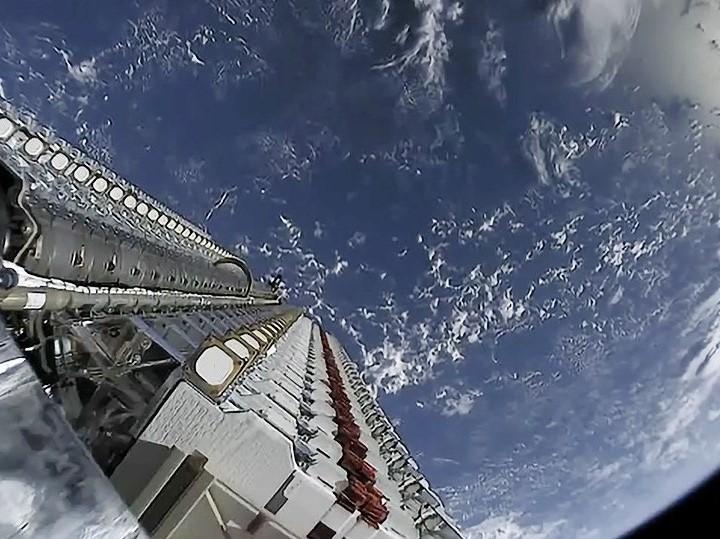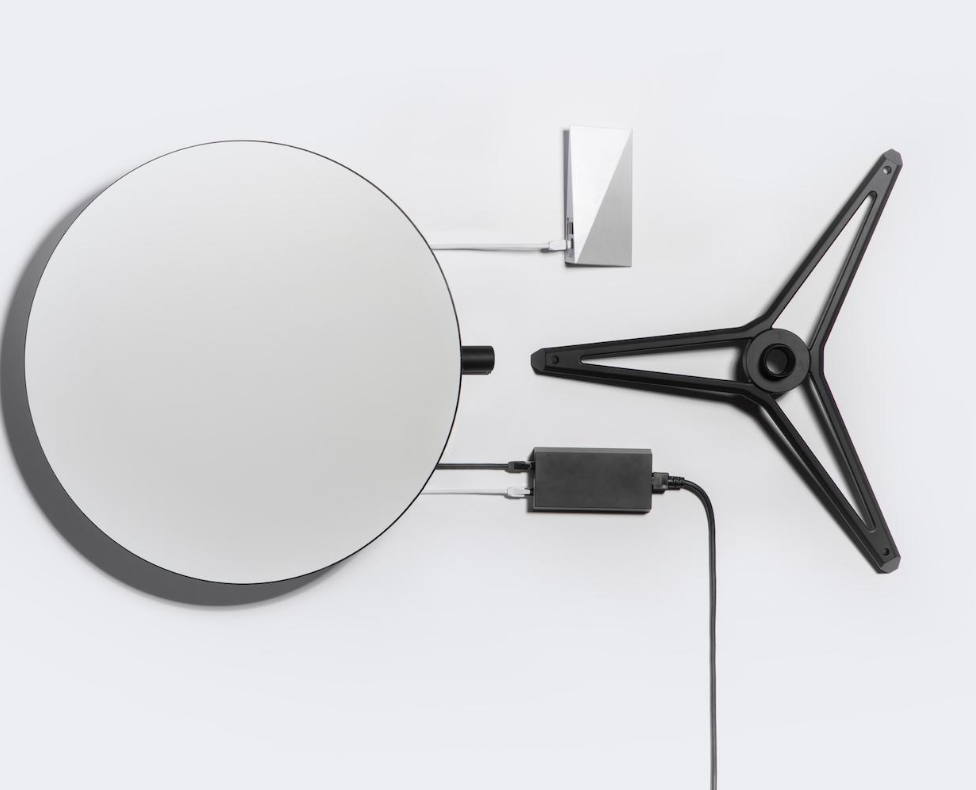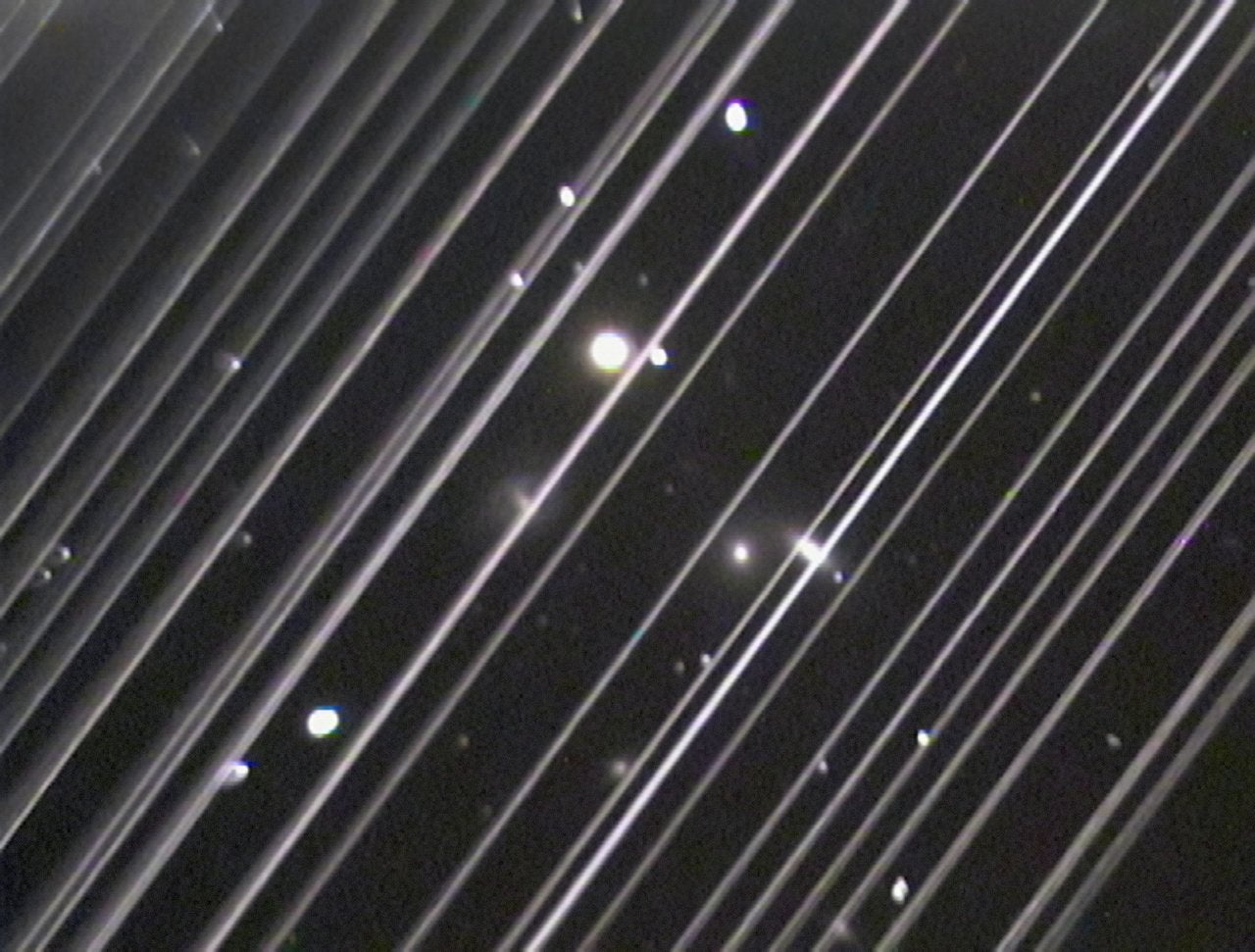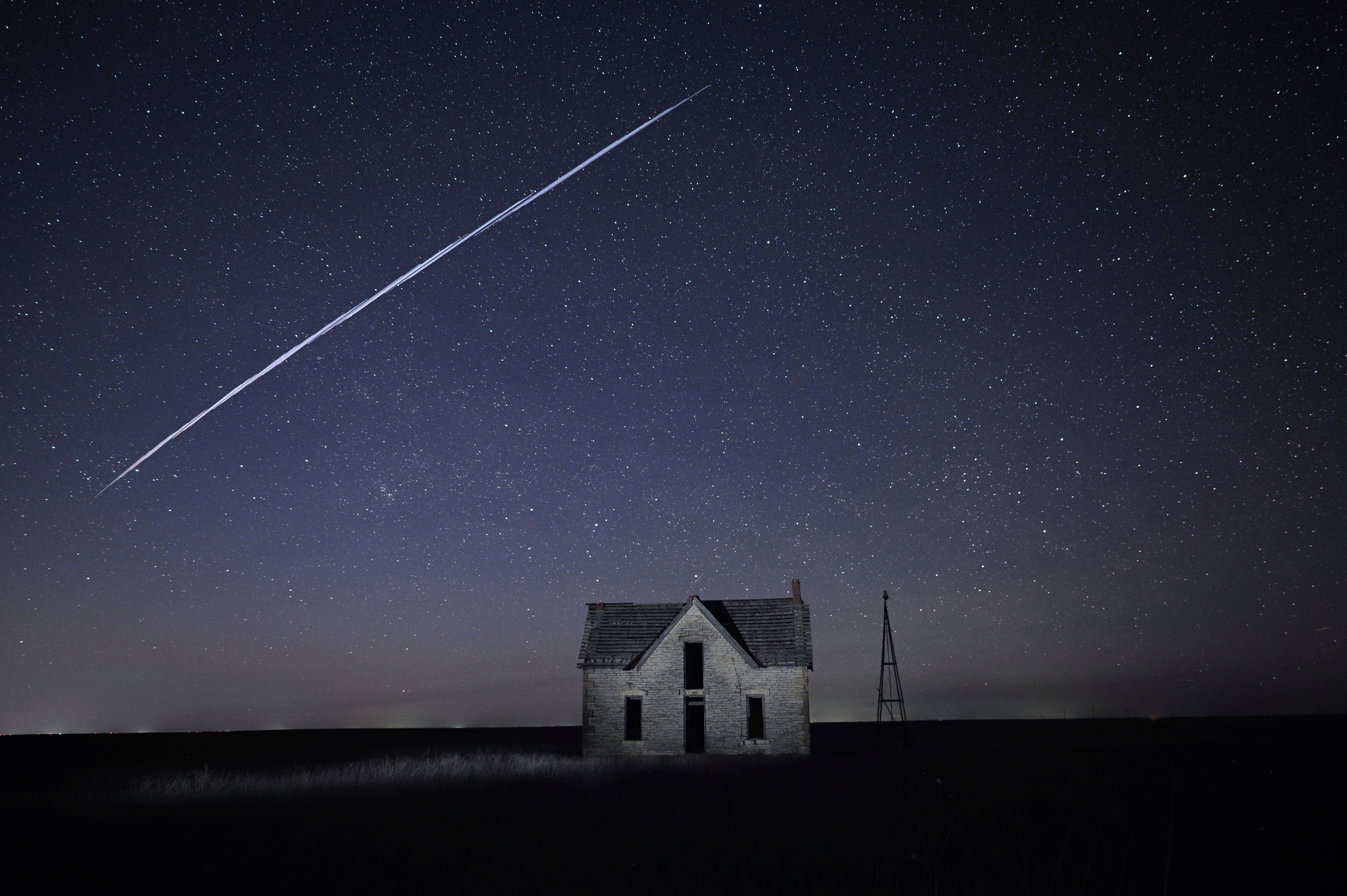Starlink snag forces users to build ‘idiotic contraptions’ to access Elon Musk’s space internet
Starlink says that a ‘single tree’ is capable of disrupting internet service, with users setting dishes high above their roofs to get around the problem

Your support helps us to tell the story
From reproductive rights to climate change to Big Tech, The Independent is on the ground when the story is developing. Whether it's investigating the financials of Elon Musk's pro-Trump PAC or producing our latest documentary, 'The A Word', which shines a light on the American women fighting for reproductive rights, we know how important it is to parse out the facts from the messaging.
At such a critical moment in US history, we need reporters on the ground. Your donation allows us to keep sending journalists to speak to both sides of the story.
The Independent is trusted by Americans across the entire political spectrum. And unlike many other quality news outlets, we choose not to lock Americans out of our reporting and analysis with paywalls. We believe quality journalism should be available to everyone, paid for by those who can afford it.
Your support makes all the difference.Elon Musk’s Starlink space internet is running into an unusual adversary: trees.
The SpaceX satellite internet service entered beta testing in June 2020 for areas in high latitudes such as Seattle, but some users have been experiencing issues.
“We want to get Starlink but the sky above our house is almost completely covered with trees over 40 feet tall”, one user posted on the r/Starlink subreddit. “Is it possible to get Starlink to work in our area or are we just out of luck?”
Another expressed similar issues, asking for advice about using mounts to get the Starlink antenna six to 10 feet higher to get signal above the nearby trees, but potential masts “don't seem to appear to accommodate the dish”. One beta tester managed to get above the trees via a tripod mounted to the top of their roof, something that they described as an “idiotic contraption”.
In order to set up a Starlink internet connection users require a £439 satellite dish and pay an £84 monthly fee, but also need a direct line of sight between the dish and the satellite, as well as a 100-degree cone with a 25 degree elevation minimum around the centre of the dish.
This means that trees, neighbouring buildings, and other obstacles provide a severe challenge - with one user installing his dish nearly five meters above his chimney.
“If you could see the connection between a Starlink satellite and your Starlink, it would look like a single beam between the two objects. As the satellite moves, the beam also moves. The area within which this beam moves is the ‘field of view’”, the Starlink website explains.
“Some obstructions are worse than others. Obstructions low in the sky will cause more outages because satellites are in this area of the sky more frequently. The best guidance we can give is to install your Starlink at the highest elevation possible where it is safe to do so, with a clear view of the sky.” Starlink also notes that “a single tree” can interrupt users’ service.

As early reviews have pointed out, Starlink provides an app to help users check for “obstructions” but the phone needs to be at knee height to operate – counter to the high altitude that will actually get users the best service from the internet service. SpaceX did not respond to a request for comment from The Independent before time of publication.
Starlink, a service which remains in beta and is set to improve with the launch of more satellites, is not designed for urban environments due to interference from buildings; but in rural areas trees are likely to remain a “bigger problem”, Mark Jackson, the editor in chief of UK internet service provider website ISPreview, told The Independent.
“Some people may be able to get around that by professionally mounting the dish higher up on their roof, although there have also been some questions about the kit's durability in high winds – if you mount it high up, then you might need to take it down for a storm [which is] not ideal or safe.
“Only time will tell whether they can truly resolve all of these issues, but they do stand a good chance of being able to overcome them. A bigger challenge will be in making the whole thing profitable, while also trying not to completely wreck observational science (astronomy) in the process.”

However for many users – especially those in the United States – Starlink will still be a compelling alternative over traditional internet providers due to long-running issues with service and competition.
Phone companies originally used existing wires to provide internet service, and were required by law to lease wires to competitors; but in 1996, the Telecommunications Act made it easier for cable companies to consolidate, and in 2005 that leasing requirement was removed. This meant that they “were basically trading off areas so they wouldn't compete”, according to University of Virginia media studies professor Christopher Ali.
Alongside policy issues, there are population problems with the internet experience in the United States.
“I wouldn't characterise US internet as bad so much as I would characterise it as inconsistent,” said Jamie Steven, Chief Innovation Officer at Speedtest creator Ookla. And while cities and populated areas have “great access”, this is lacking in rural and remote areas.

“The US’s lower population density is a big reason, especially in the West. It can be very expensive to run fiber optic networks for communities with only a few hundred residents. New satellite options such as Starlink provide a desirable alternative to the aging copper-based connectivity (DSL & cable) in those communities,” Steven told The Independent.
“I’m a Starlink beta customer and live in a heavily wooded rural area. I’ve had some minor problems with obstructions from the very tall trees in my yard, but overall the service is a significant and welcome improvement over the unreliable DSL service I had previously.”



Join our commenting forum
Join thought-provoking conversations, follow other Independent readers and see their replies
Comments